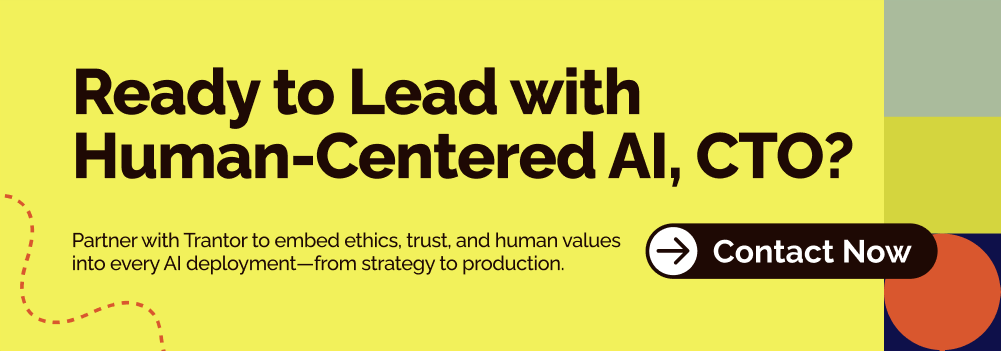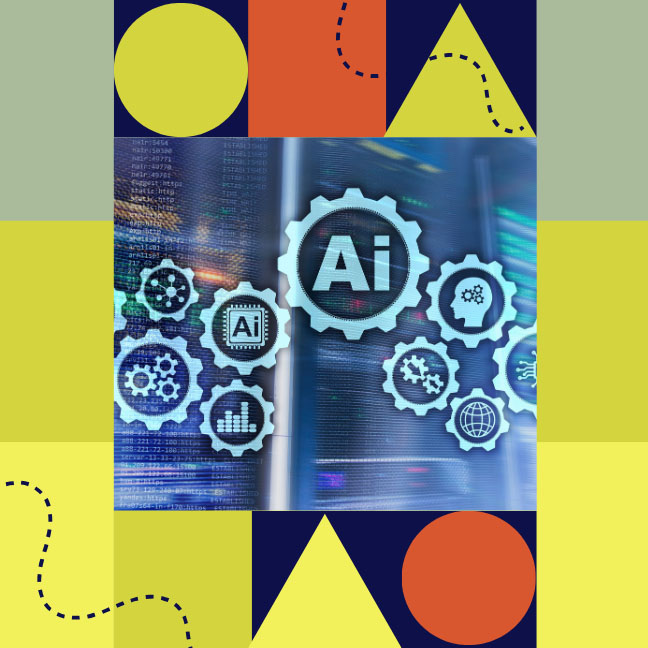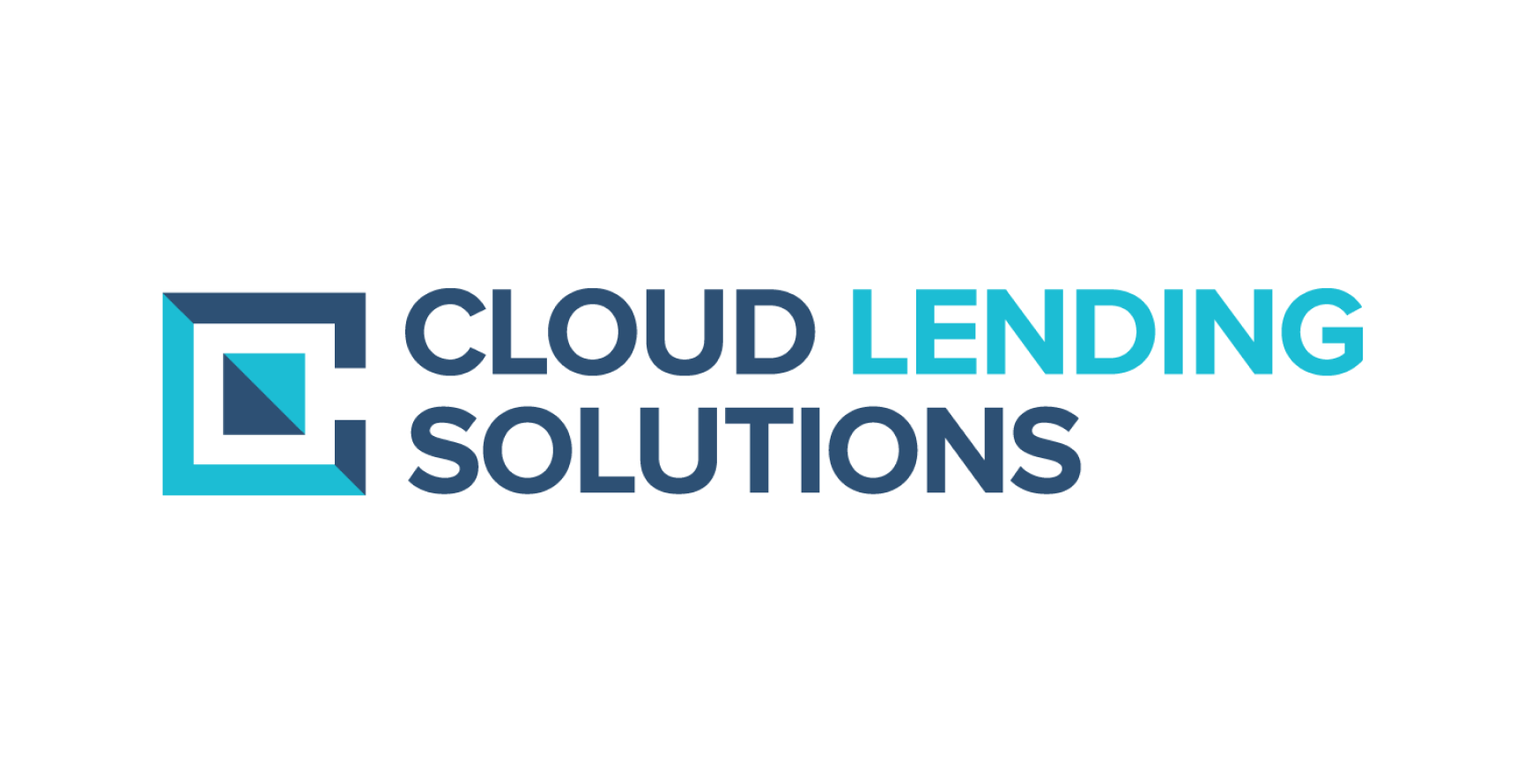Artificial Intelligence, zBlog
Human-Centered AI Explained: Benefits, Challenges, and Use Cases
Team Trantor | Updated: July 24, 2025
Artificial Intelligence is evolving fast—but not always in the right direction. From biased algorithms to opaque decision-making, businesses are realizing the urgency of building AI that empowers people, not replaces them. This is where Human-Centered AI (HCAI) comes in.
Human-Centered AI refers to the design and deployment of AI systems that prioritize human values, transparency, fairness, and collaborative intelligence. It’s a shift from building “smart” machines to building responsible ones—ones that align with how humans think, behave, and make ethical decisions.
In this detailed guide, we explore what Human-Centered AI really means, why it matters, its benefits and challenges, key use cases across industries, and how enterprises like Trantor Inc. help companies implement HCAI at scale.
What Is Human-Centered AI?
Human-Centered AI is an approach to AI design and development that puts human needs, ethics, and agency at the core of the system. It focuses on augmenting human capabilities, not replacing them.
Unlike traditional AI systems that optimize for performance metrics alone (accuracy, speed, efficiency), Human-Centered AI also considers:
- Human autonomy
- Explainability
- Fairness and inclusion
- Privacy and safety
✅ “HCAI is about building systems that people trust, understand, and willingly interact with.” — Stanford HAI Report, 2025
Core Principles of Human-Centered AI
These principles align with regulations like the EU AI Act, GDPR, and the U.S. Blueprint for an AI Bill of Rights.
Benefits of Human-Centered AI for Enterprises
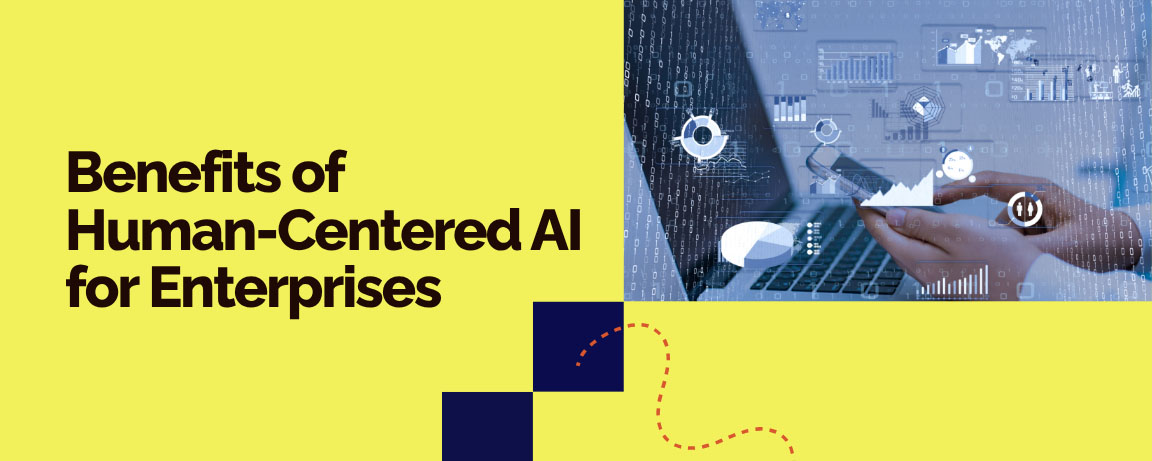
1. Boosts User Trust and Adoption
Users are more likely to use AI tools when they understand them. Trust builds loyalty—and usage.
2. Improves Decision-Making Quality
By combining machine insights with human reasoning, enterprises reduce errors and blind spots.
3. Ensures Regulatory Compliance
With growing regulations around explainability and fairness, HCAI keeps your AI programs audit-ready.
4. Delivers Long-Term ROI
Human-Centered AI systems tend to have longer operational lifecycles and reduce rework caused by misalignment.
5. Supports Ethical Brand Positioning
Enterprises known for responsible AI earn more trust from consumers and partners—especially in healthcare, fintech, and HR tech.
Challenges in Building Human-Centered AI
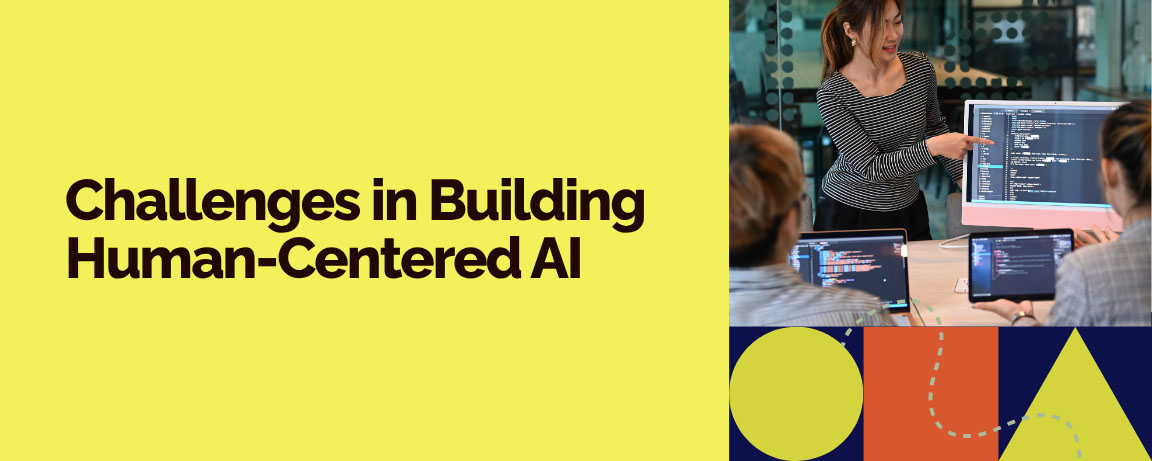
While the benefits are clear, implementing Human-Centered AI comes with its own set of obstacles:
1. Trade-Off Between Accuracy and Interpretability
Highly complex models like deep neural networks often lack explainability. Simpler models are easier to interpret but may perform worse.
2. Data Bias Is Hard to Detect
Bias can exist in both the data and the labels. Unless audited frequently, it’s difficult to eliminate.
3. Tooling Is Still Evolving
Although tools like LIME and SHAP help with explainability, many dev teams lack integrated toolkits for human-centered metrics.
4. Lack of Skilled Talent
Developing Human-Centered AI requires collaboration between data scientists, UX researchers, ethicists, and legal experts—a rare combination.
5. Business Resistance
Some organizations view ethical AI as “slow” or “costly,” even though it mitigates long-term risk.
Real-World Use Cases of Human-Centered AI
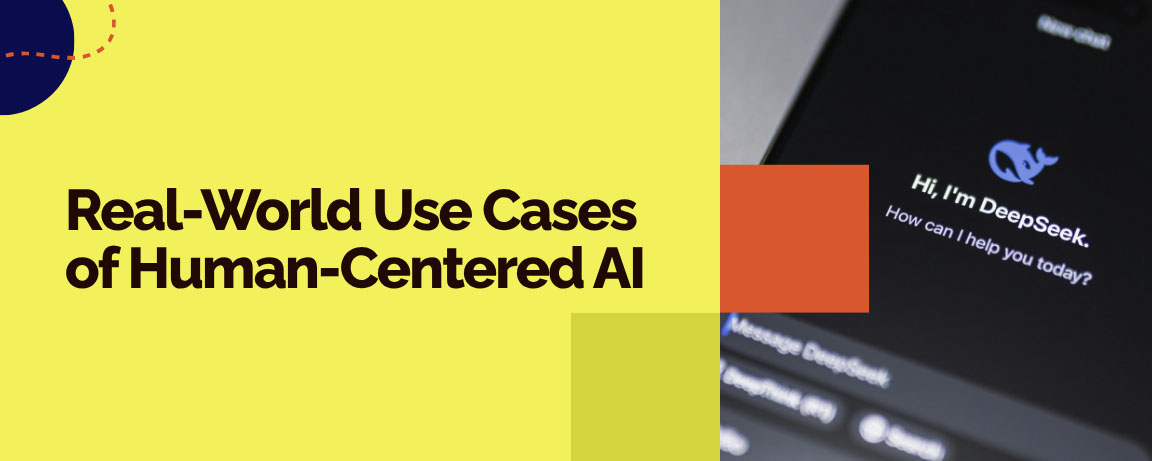
1. Healthcare: AI-Powered Clinical Decision Support
Hospitals like Mayo Clinic and Mount Sinai use Human-Centered AI for diagnostic tools that support, not override, physician decisions.
- Goal: Reduce diagnostic errors while preserving physician control
- Tools Used: Explainable ML, real-time dashboards
2. Government: Fairness in Public Services
The City of Amsterdam redesigned its welfare eligibility AI tool to include human appeal and explanation steps after facing public backlash.
- Impact: Reduced wrongful rejections and increased public trust
3. Finance: Credit Scoring and Loan Approvals
FinTechs like Zest AI now use transparent models to explain loan approvals and rejections to applicants.
- Result: 20% more loans approved for underrepresented groups with equal or lower risk
4. Retail: Personalized but Privacy-Conscious Recommendations
Human-Centered AI enables recommendation engines to honor user data preferences, offering opt-outs or explanations for suggestions.
5. Education: Adaptive Learning Platforms
Platforms like Duolingo and Coursera use HCAI to adjust lesson difficulty while avoiding demotivation or cognitive overload.
Tools and Frameworks for Implementing Human-Centered AI
2026 Trends in Human-Centered AI
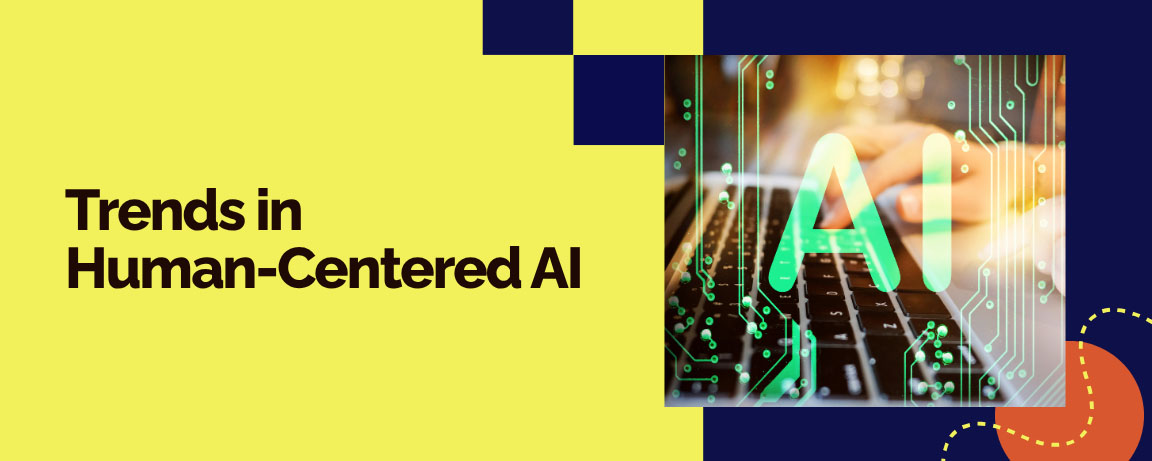
1. Multimodal Explainability
Models now integrate text, images, and voice—but explainability must keep up. New interfaces will help decode these hybrid models for humans.
2. Agentic AI with Guardrails
Autonomous agents (e.g., AutoGPT, Devin) are now being fitted with human-centered constraints to avoid rogue behavior.
3. Synthetic Data for Fairness
More companies are using AI-generated synthetic data to balance datasets and improve inclusivity.
4. HCAI by Design
Enterprise product teams are embedding HCAI practices from Day 1, not as afterthoughts—driven by consumer demand and VC pressure.
5. LLM Fine-Tuning for Behavior Alignment
Companies fine-tune models like GPT with Reinforcement Learning from Human Feedback (RLHF) to ensure outputs are aligned with ethical standards.
Frequently Asked Questions (FAQs)
What’s the difference between Ethical AI and Human-Centered AI?
Ethical AI is about aligning AI with moral values. Human-Centered AI ensures those values are operationalized in user experience, oversight, and usability.
Is Human-Centered AI only for regulated industries?
No. While it’s critical in sectors like healthcare and finance, HCAI is useful wherever humans interact with or depend on AI output.
Does Human-Centered AI slow down innovation?
Not when implemented correctly. It actually accelerates adoption by building trust and reducing costly missteps.
How do I start building Human-Centered AI in my organization?
Begin with:
- Bias audits of your datasets
- Adding human override mechanisms
- Integrating explainability tools
- Training teams on responsible AI development
Conclusion: Human-Centered AI Is the Future of Enterprise Intelligence
As AI continues to evolve in power and reach, businesses must choose: optimize for speed and scale alone—or for trust, impact, and longevity.
At Trantor Inc., we help forward-thinking enterprises adopt Human-Centered AI across the entire product lifecycle. From strategy and design to deployment and governance, we embed human values into every line of code.
If your organization is looking to unlock AI’s full potential—without sacrificing ethics or user trust—we invite you to explore how Trantor can partner in building intelligent systems that work with humans, not against them.
